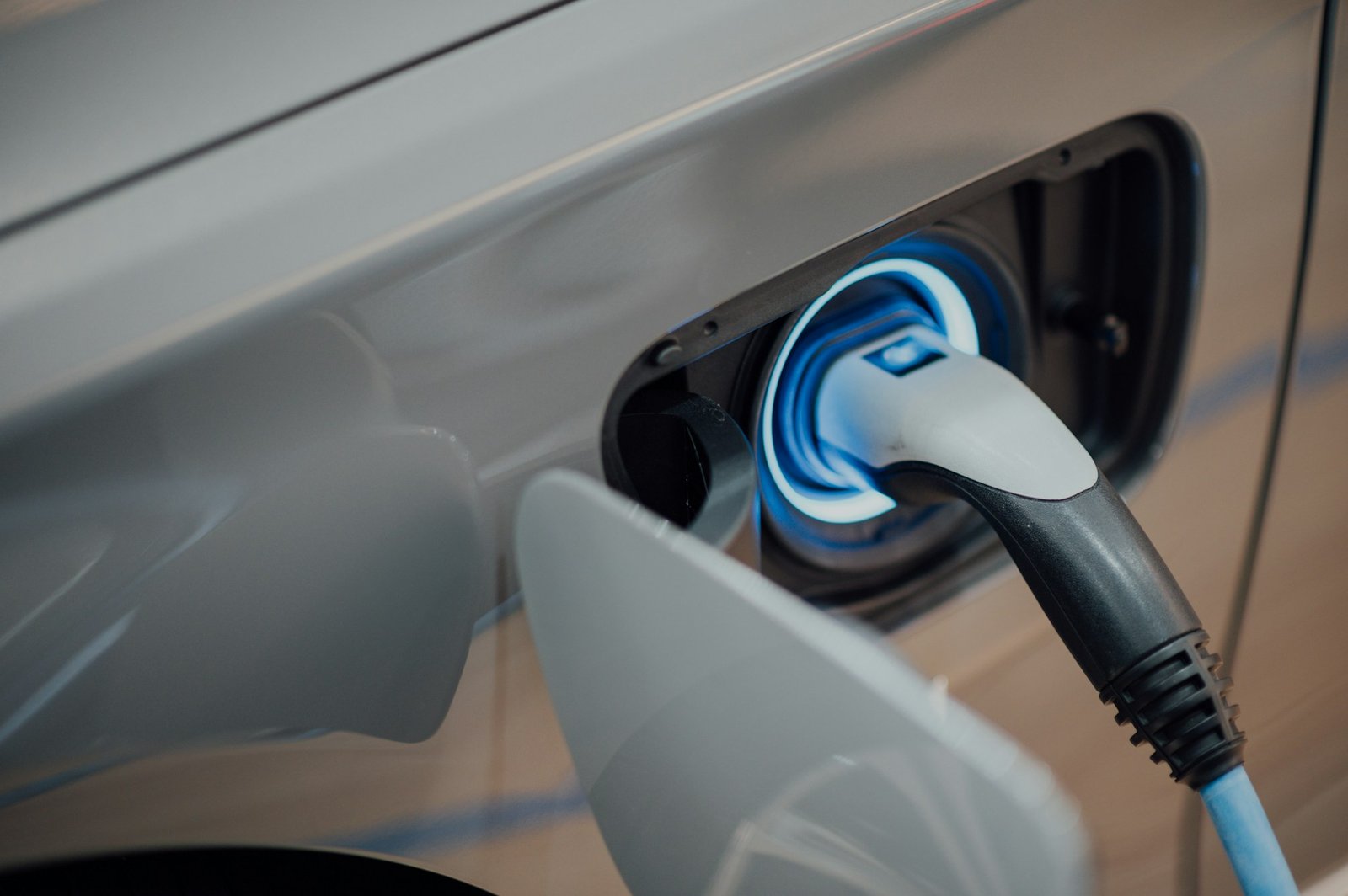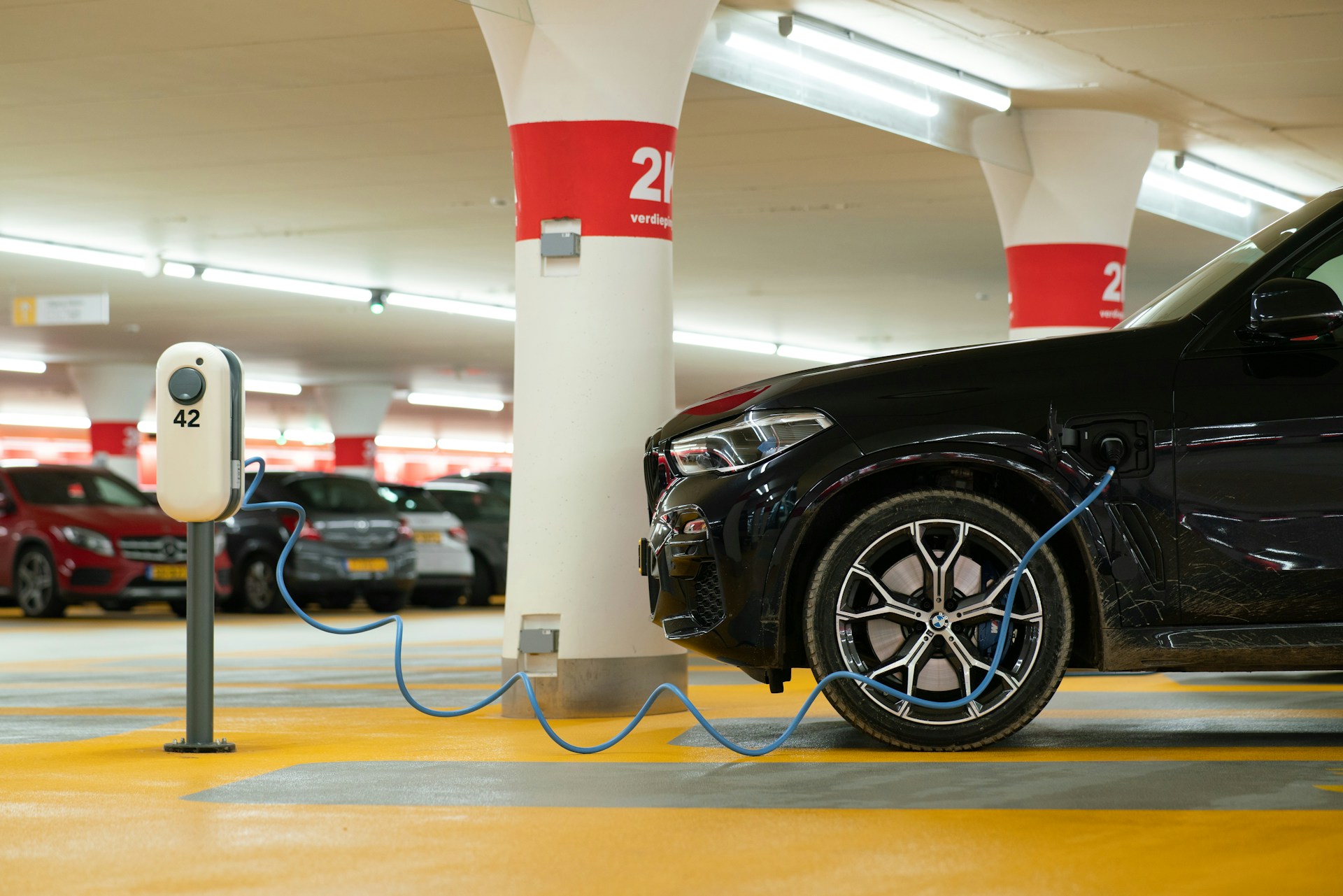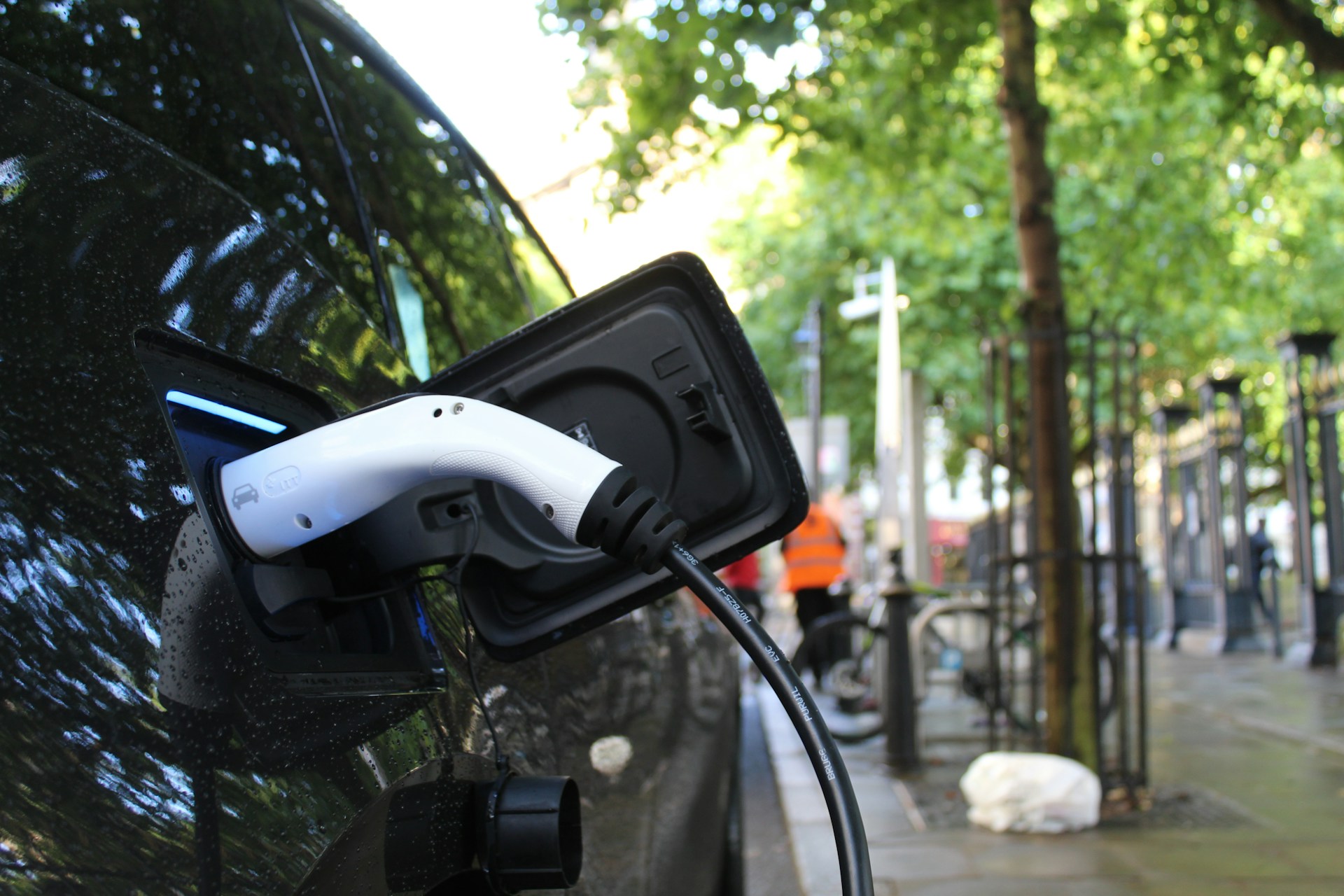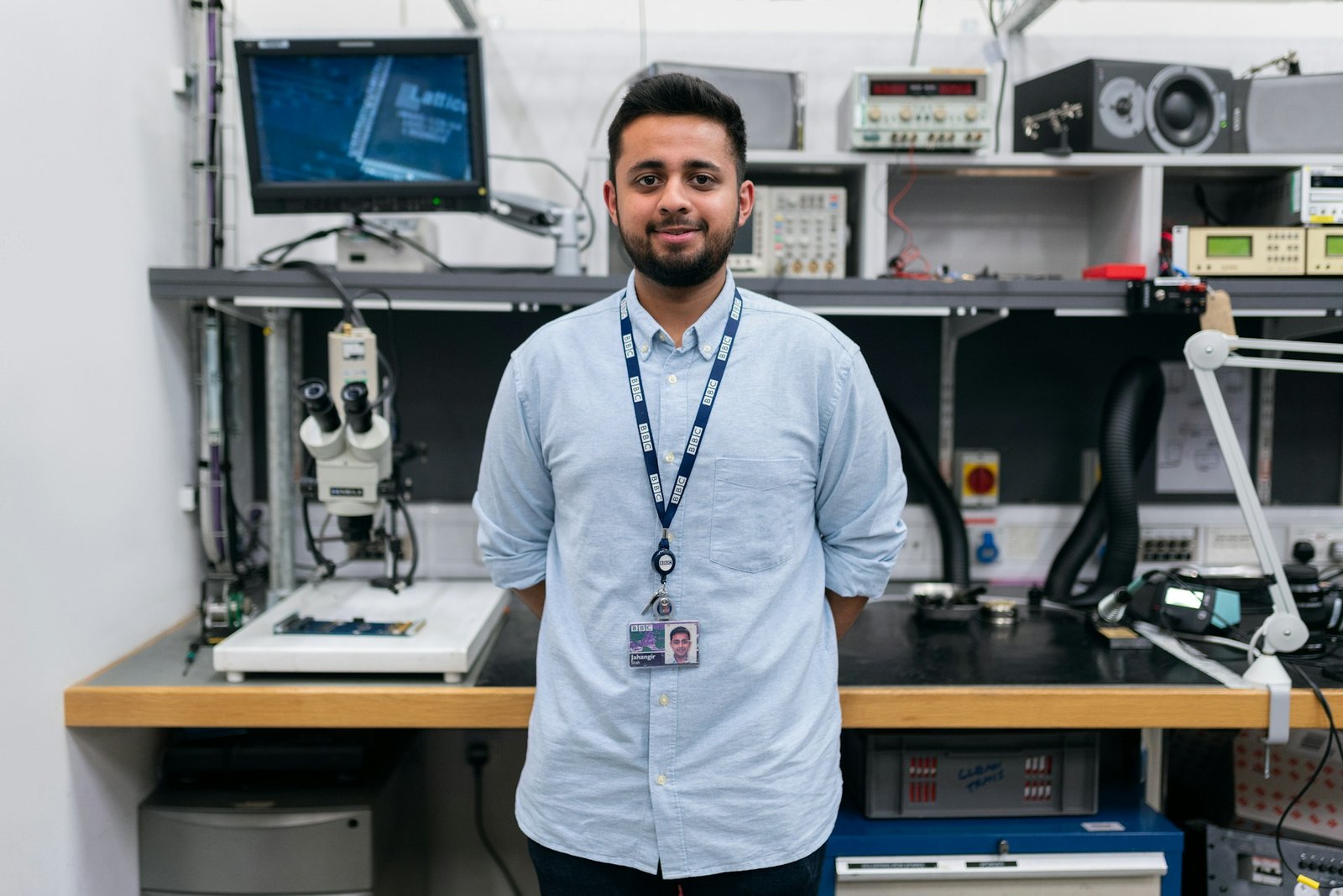
The Latest Technological Innovations Driving Automotive Design and Development
In the rapidly evolving landscape of automotive design and development, technological advancements play a pivotal role in shaping the future of transportation.
From electric vehicles (EVs) to autonomous driving systems, the automotive industry is witnessing a paradigm shift driven by innovation.

In this blog post, we will explore the latest technological innovations that are driving automotive design and development, revolutionizing the way we think about cars and mobility.
Hiring a Professional Company for Automotive Prototyping
When it comes to automotive prototyping, hiring a reputable company can make all the difference in the success of a project. These companies specialize in translating conceptual designs into functional prototypes that can be tested and refined before full-scale production, experts from EDC Design – automotive prototyping explain. One of the key benefits of hiring a professional firm for automotive prototyping is its expertise in utilizing advanced technologies such as 3D printing, CNC machining, and rapid prototyping techniques. This allows for the creation of highly accurate and detailed prototypes that closely resemble the final product, enabling thorough testing and evaluation.
Additionally, automotive prototyping companies often have access to a wide range of materials suitable for different components, ensuring that the prototypes meet the required specifications in terms of strength, durability, and performance. Moreover, these firms typically have experienced engineers and designers who can provide valuable insights and suggestions for optimizing the design and functionality of the prototype, leading to cost savings and faster development cycles.
Overall, partnering with a specialized company for automotive prototyping can streamline the innovation process, mitigate risks, and ultimately contribute to the successful development of groundbreaking automotive technologies.
Electric Vehicle Revolution
One of the most significant trends reshaping the automotive industry is the rise of electric vehicles (EVs). With concerns about climate change and the need to reduce carbon emissions, automakers are investing heavily in electric mobility. Companies like Tesla, Rivian, and traditional manufacturers such as Ford and Volkswagen are leading the charge in producing high-performance EVs with longer ranges and faster charging times.
The advancements in battery technology are at the forefront of this revolution. Lithium-ion batteries have become more efficient and affordable, enabling EVs to compete with traditional internal combustion engine (ICE) vehicles in terms of range and performance. Moreover, solid-state batteries are on the horizon, promising even greater energy density and faster charging capabilities.
Charging infrastructure is another area of focus. Governments and private companies are working together to build a network of fast-charging stations, making EVs more practical for long-distance travel. Wireless charging technology is also being explored, allowing EV owners to charge their vehicles simply by parking over a charging pad.
Autonomous Driving Systems
Autonomous driving technology is another major innovation shaping the future of automotive design. Companies like Waymo, Tesla, and Volvo are developing advanced driver-assistance systems (ADAS) that can navigate roads, interpret traffic signals, and respond to dynamic driving conditions without human intervention.
Machine learning and artificial intelligence (AI) play a crucial role in enhancing the capabilities of autonomous vehicles. These systems rely on vast amounts of data collected from sensors, cameras, and radar to make real-time decisions and improve their driving performance over time. As the technology matures, fully autonomous cars are expected to become a reality, promising safer roads and more efficient transportation systems.
However, challenges such as regulatory hurdles, ethical considerations, and cybersecurity threats need to be addressed before autonomous vehicles can be widely adopted. Nevertheless, the progress made in this field is driving automotive design towards more intelligent and connected vehicles.
Connected Car Technologies
The concept of connected cars is revolutionizing the driving experience by integrating vehicles with the internet and other smart devices. Features such as in-car connectivity, infotainment systems, and vehicle-to-vehicle (V2V) communication are becoming standard in modern automobiles.
Smartphone integration allows drivers to access navigation, music, and other apps directly from their vehicle’s dashboard. Voice recognition technology enables hands-free operation, enhancing safety and convenience on the road. Moreover, connected cars can communicate with each other and with infrastructure elements like traffic lights, enabling real-time traffic management and accident prevention.
The development of 5G networks is poised to accelerate the growth of connected car technologies. With faster data speeds and lower latency, 5G enables seamless communication between vehicles, pedestrians, and smart city infrastructure. This connectivity paves the way for enhanced safety features, predictive maintenance, and personalized driving experiences.
Advanced Materials and Manufacturing
Innovations in materials science and manufacturing techniques are also driving automotive design towards lighter, stronger, and more sustainable vehicles. High-strength steel, aluminum alloys, and carbon fiber composites are being used to reduce weight while maintaining structural integrity and crashworthiness.
Additive manufacturing, commonly known as 3D printing, is revolutionizing the production process by allowing for complex geometries and customized components. This technology not only streamlines prototyping and production but also reduces waste and energy consumption compared to traditional manufacturing methods.
Furthermore, sustainability is a growing concern in the automotive industry. Automakers are exploring eco-friendly materials such as recycled plastics, bio-based composites, and renewable textiles to reduce the environmental impact of vehicle production. Electric vehicles, with their zero tailpipe emissions, are also contributing to a greener transportation ecosystem.
Augmented Reality and User Experience
Augmented reality (AR) is transforming the way drivers interact with their vehicles and the surrounding environment. Heads-up displays (HUDs) project vital information such as speed, navigation instructions, and hazard warnings onto the windshield, allowing drivers to stay informed without taking their eyes off the road.
AR can also enhance the overall user experience by providing interactive guides for maintenance and repair tasks. Service technicians can use AR glasses or devices to access diagnostic information, view step-by-step instructions, and identify parts more efficiently, reducing downtime and improving service quality.
Moreover, AR technology can be integrated into the entertainment and infotainment systems of vehicles, offering immersive experiences for passengers. Virtual reality (VR) headsets and AR-enabled displays can create personalized entertainment zones, interactive gaming experiences, and virtual tours, making long journeys more enjoyable and engaging.
Cybersecurity and Data Privacy
As vehicles become more connected and autonomous, cybersecurity becomes a critical concern. The increasing reliance on software systems and wireless communication makes cars vulnerable to cyber threats such as hacking, data breaches, and remote attacks.
Automakers and technology providers are investing in cybersecurity measures to protect vehicles from malicious activities. This includes encryption protocols, intrusion detection systems, over-the-air (OTA) software updates, and secure communication channels. Collaboration with cybersecurity experts and government agencies is essential to establish standards and regulations that ensure the safety and privacy of connected vehicles and their passengers.
In conclusion, the automotive industry is undergoing a profound transformation driven by technological innovations. From electric propulsion and autonomous driving to connected car technologies and advanced materials, these developments are reshaping the way we design, manufacture, and experience vehicles. As these trends continue to evolve, the future of automotive design promises safer, more sustainable, and more enjoyable mobility solutions for people around the world.








